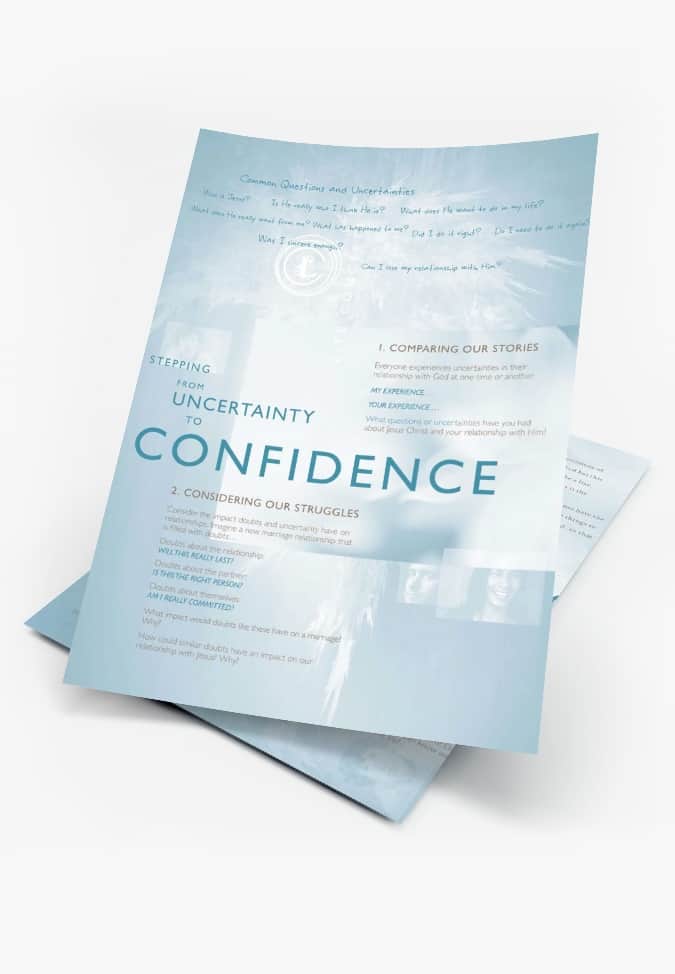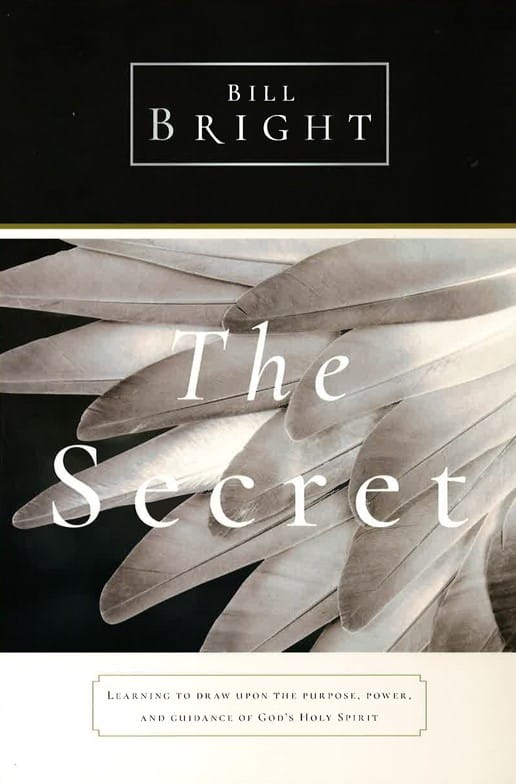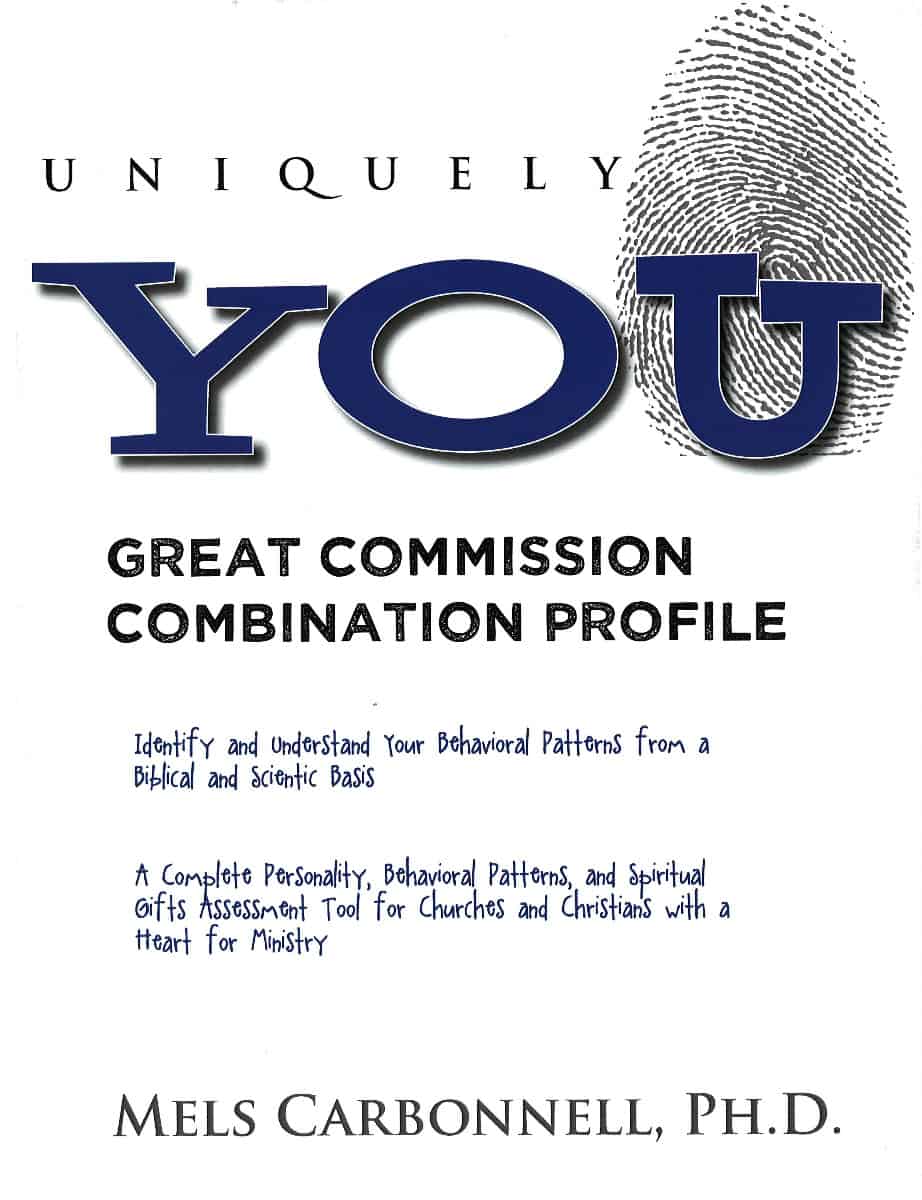How to Write a Love Note

Even the least “write”-brained of you can make your beloved melt with a few words from the heart on paper. That alone sets it apart: Your computer can’t fry it or send it to the wrong person, and it may be saved for a great memory. If you need inspiration, think of the way the writers of Song of Solomon felt as they read of their lovers’ appreciation on paper. Is it getting warm in here?
Let’s get started.
-
Pray. Nobody knows your spouse and how he or she is best loved like God. Pray that He’ll enable you to love and honor your mate well.
-
Make a list. Start with three categories: 1) Things I like and love about you, 2) Things you do for me and our family that I appreciate, and 3) Memories.
Tips:- Try to think both in detail and about the big picture.
- Include the past, the present, and the future.
- Remember times when you’ve been emotionally moved by your spouse, what it was about your spouse that prompted such feeling, and how you’d describe that emotion.
- What sets your spouse apart?
- What did God create in your spouse that makes an excellent match for you?
- How is your world different because you have this person?
- What do you see in your husband or wife that he or she may not see?
-
Determine what you want to say. What do you want your spouse to know as a result of reading this? For example, you might long to communicate, “I love you deeply. I am committed to you. I appreciate you. I’ve wanted to do something special and romantic for you.”
-
Don’t neglect presentation. Where, when, and how would this be the most meaningful? Should you mail it? Present it on a special date? Read it in a nostalgic location? Play a CD you’ve compiled? Do you want to convey your words on special stationery (write a few drafts first!), spray it with perfume (lightly, okay?), seal it with wax, wrap it in ribbon, or even frame it? Is there a poem, Scripture verse, quote, or are there song lyrics that express your love perfectly? (Allow these extras only limited real estate on your paper. Don’t let someone else serenade your beloved entirely.)
Would you prefer to memorize your letter, looking your spouse in the eye as you share your heart with him or her?
Elements of a love letter
- Greeting. Date your letter, then use a knockout greeting that fits your relationship – “To the love of my life,” “To my perfect partner,” “To the one I always dreamed of,” or even the classic “To my wife.”
- Intro: This is why I’m writing. Honestly express that who your spouse is has compelled you to write and why. And do it confidently! Timid, “You probably don’t feel this way ...” words diminish what you’re saying and the person to whom you’re saying them.
- Body. Use your list above to lavishly honor and adore your mate. Articulate your emotion, commitment, and God-fueled love for them.
- A memorable exit. You might leave on a note of commitment, saying in a sense, “This doesn’t end here!” Some examples: “I still do,” “Still yours and loving it!”, “Can’t wait to grow old with you,” “You still captivate me,” or “You’re still the one.” Or you might try expressing the depth or breadth of your love: “You have my heart.” While you’re at it, reread your letter out loud to make sure what was in your head came out of your pen.
Things to avoid
- Typing it. Unless your handwriting can’t be interpreted by anyone but you, the handwritten element is unmatched in personalization and sentimentality. Even if you’ll write more when you type, remember that the labor of writing something out is part of the unique expression of a love note (if you must, type it and then copy it by hand). While you’re at it, nix the notebook paper or anything else with lines. Think romance.
- Using words that aren’t yours. Your spouse is scripturally one flesh with you … don’t underestimate his or her knowledge of you and your sneaky factor! Genuine feeling is part of the power of a love letter. And creativity, even when it’s not as great as someone else’s, expresses your unique, personal desire to honor your mate.
Don’t avoid cheesy words entirely (most of us are longing for a little sappiness), but keep it authentic, in your own voice, and avoid clichés that might cheapen what you’re saying. Key point here: A love letter is meaningful in part because it puts in hard copy how you feel about him or her in particular. - Putting it where your object of affection won’t find it before next year’s Valentine’s Day … and someone else might. Enough said.
- Too much humor (especially sarcasm), graphic intimacy, or reference to tough times. Remember, even best intentions can be misunderstood, particularly depending on the reader’s state of mind. Create a mood while you’re writing – turn down the lights, set out the candles, turn on the soft music – and then re-create that mood on paper with the warm, intimate words you use. As for apologies, at times they’re appropriate in a love letter, but don’t let your letter take on a downward tone.
- Focusing on yourself. Remember that this is essentially in praise of your mate, your marriage, your love, and the God who’s brought you together and done something beautiful.
Hopefully your intimidation has diminished by now! If you’re still skittish, remember: Though loving well does involve skill and careful thought, it isn’t for the elite. The most meaningful of love letters are simply true, humble expressions of the heart.
Copyright ©2013 by FamilyLife. All rights reserved. For more articles about marriage, faith and parenting, visit FamilyLife, the family ministry of Cru.



























